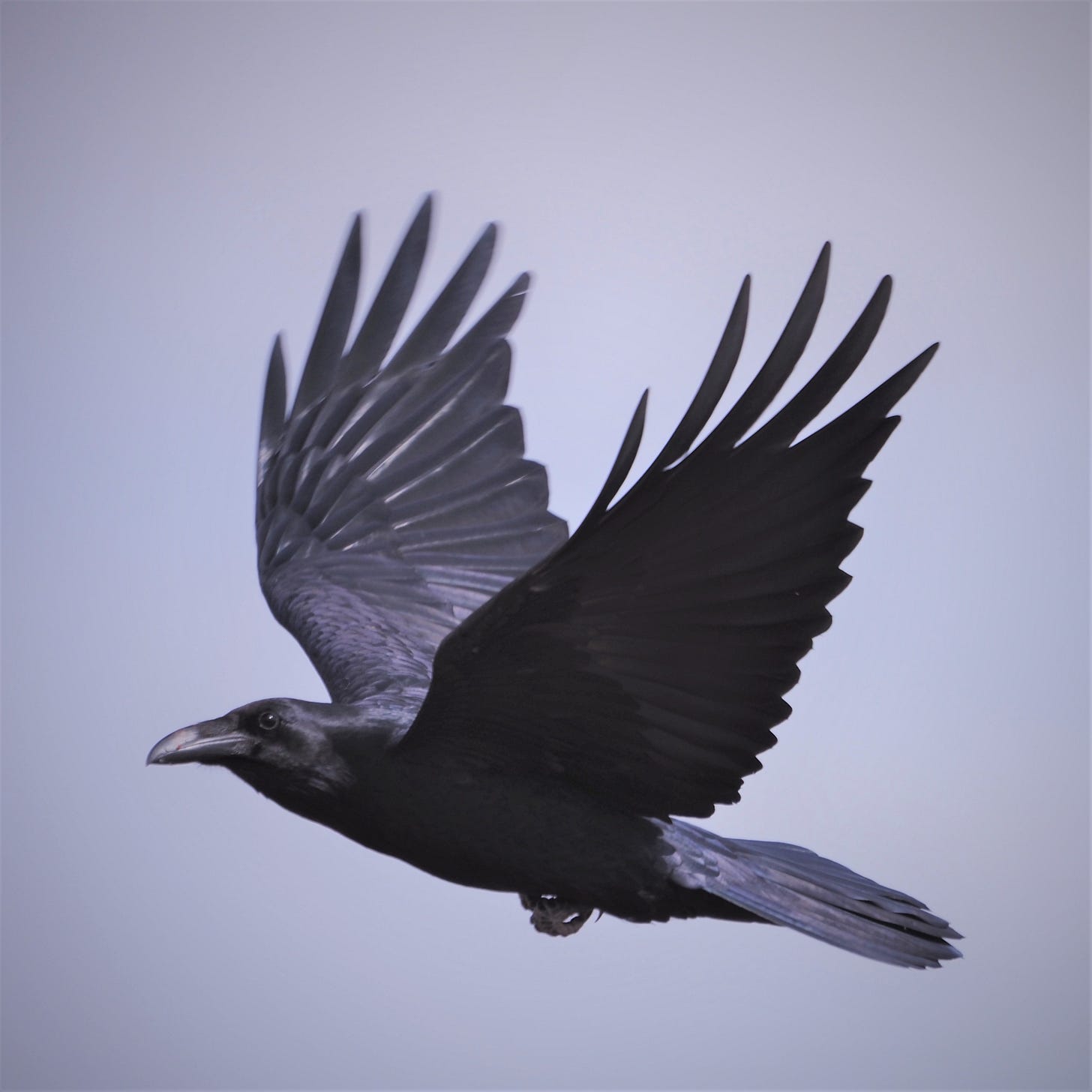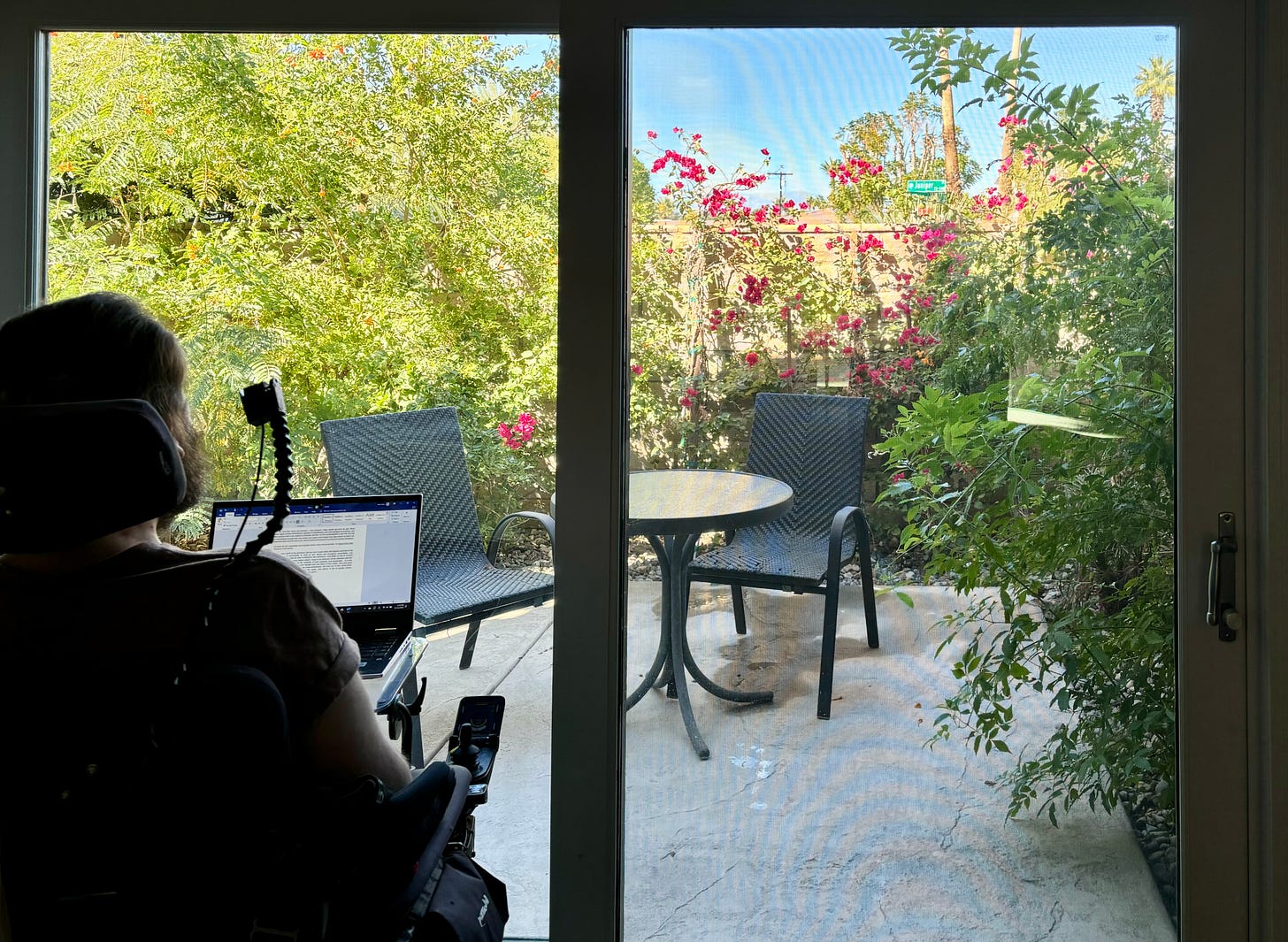Dear Friends,
Like many of you, I was disheartened by the election results. For the past week I’ve been cycling through grief and despair, fear and resignation. But I have since surrendered these emotions for something far more nourishing: hope.
It might seem foolish or uncaring to invite hope into our lives at such a time, but this is exactly what we need to do right now. For our bodies, our minds. For our friends and loved ones. For the communities we call home.
But where do we find hope in a media landscape that amplifies our fears? How do we quell our nerves when our president-elect has threatened mass deportations, violence against political enemies, a rolling back of critical climate progress? Isn’t anxiety the most rational response when our very democracy hangs in the balance?
And yet, there is a place where joy and hope abound, where we can suture our spirits and boost our resolve. It’s a place where we can practice gratitude, where we can soak up the benefits of wonder and awe. A place where we can shed our political misgivings and bond ourselves with something deeper.
That place is nature. In nature, I realize that the world is so much bigger than any one person or any one election. In nature, I make myself as small as the smallest creature because the ecosystem depends on every one of us. In nature, I am renewed.

I find hope in the hummingbird who zips around the patio, who feeds from trumpet flowers, then perches deep in the shrubs. Slivers of light break through the shadows there, and as the hummingbird weaves around the thin stems and leaves, the light catches its stunning purple gorget.
The bird is microscopic compared to the blowhard ravens who rule this neighborhood, but it is no less fierce. Its tiny whistle barely registers against the raven’s raucous croaks, but it is audible nonetheless. And while the raven’s movements are loose and languid, the hummingbird is swift, exact, effortless. It reminds me that the loudest creatures are not always the strongest. Nor are the largest ones the most powerful.
The hummingbird zooms out from its latest hiding spot and hovers at the window a mere foot away. I gasp as it hangs in the air to investigate me. I am eye level, face-to-face with the most gorgeous hummingbird I have ever seen! Iridescent purple gleams from the bird’s forehead and throat and from the teeny feathers that drape like streamers down the sides of its chest.
Hope swells up from my gut. For the first time since the election, I feel inspired. Birds have again proven themselves capable of brightening even the bleakest of psyches. But this sudden shift in my outlook is tentative at best. For the hummingbird is not only a being of remarkable beauty that can restore our hope in the future: it is also what’s at risk in an administration that devalues the natural world and promises a return to climate denialism.
Yet even for this seemingly inescapable doom, hope has an answer. In Hope in the Dark, Rebecca Solnit writes:
“Hope locates itself in the premises that we don’t know what will happen and that in the spaciousness of uncertainty is room to act. When you recognize uncertainty, you recognize that you may be able to influence the outcomes—you alone or you in concert with a few dozen or several million others. Hope is an embrace of the unknown and the unknowable, an alternative to the certainty of both optimists and pessimists.”
We have a record of Trump’s previous acts in office. We know what he has promised or spoken openly of doing in his upcoming term. But that doesn’t preclude him from changing course. Nor does it mean his administration’s every act will be malicious. That is to say: we can hope that we were wrong about him.
More important than what Trump will do, however, is what we will do, which is also unknown, and therefore malleable. Trump’s first stint in office inspired the MeToo Movement, the Women’s March, the March for Our Lives. It reenergized Black Lives Matter and sparked historic turnout in the 2020 election. Trump’s return to office is not evidence of these movements failing; it is a reason to double down.
Perhaps the greatest potential for change exists at the grassroots, where everyone’s voice carries more weight. And what can be accomplished locally can be enacted across the country.
Consider Wild Warner, the neighborhood conservation group that successfully saved Madison, Wisconsin’s largest urban park from ecologically harmful development. Writer and educator Trish O’Kane offers a stirring account of the group’s humble origins and impressive achievements in Birding to Change the World. (It’s a fantastic read for any nature lover who wants to be more active in conservation efforts, or for anyone feeling powerless at the moment. It is full of inspiration and lessons to carry into your own advocacy journey!)
If, instead, your activism goes unnoticed and unanswered, the differences you make invisible even to your own eyes, remember that we are constantly, often involuntarily, influencing the world around us. Solnit writes,
“[Hope] is the belief that what we do matters even though how and when it may matter, who and what it may impact, are not things we can know beforehand. We may not, in fact, know them afterwards either, but they matter all the same, and history is full of people whose influence was most powerful after they were gone.”
I think of Jenny Odell’s 2019 How to Do Nothing: Resisting the Attention Economy, a mighty yet unassuming book that utterly changed the course of my life. Odell urges readers to quit the cacophony of social media and an increasingly monetized sense of time for the rewards of our present physical surroundings. For Odell, noticing birds is an easy and accessible way to reclaim our attention. Her suggestion drew me in. I started watching and listening to birds, almost as an experiment, and soon I was hooked!
Odell penned what is arguably a masterpiece in the turbulent years of Trump’s first term—a book grounded in a love of birds that inspired my own love of birds. I cannot overstate the significance of that. My passion for birds, and for nature more generally, is what reignited my passion for writing. It is what brought me into community with you, what compelled me to join Substack. It is why I found hope in the form of a hummingbird. And it all happened in the shadow of a Trump presidency.
Does this mean that I gladly welcome him back into office? Or that his previous tenure was an absolute joy? Not in the slightest. But it does mean that the next four years are unwritten; hence, we have the ability to act. What we do, and where we go from here, is up to us.
Enjoy the birds,
Eric
Share in the comments!
Where do you find hope and joy in difficult times?
How will you show up for yourself and others who are threatened or frightened by a second Trump term?
What lovely birds are visiting you this fall?






I came across this poem!!!
Hope Is Not a Bird, Emily, It’s a Sewer Rat
by Caitlin Seida
Hope is not the thing with feathers
That comes home to roost
When you need it most.
Hope is an ugly thing
With teeth and claws and
Patchy fur that’s seen some shit.
It’s what thrives in the discards
And survives in the ugliest parts of our world,
Able to find a way to go on
When nothing else can even find a way in.
It’s the gritty, nasty little carrier of such
diseases as
optimism, persistence,
Perseverance and joy,
Transmissible as it drags its tail across
your path
and
bites you in the ass.
Hope is not some delicate, beautiful bird,
Emily.
It’s a lowly little sewer rat
That snorts pesticides like they were
Lines of coke and still
Shows up on time to work the next day
Looking no worse for wear.
Thanks so much, Eric. What an eloquent guideline for maintaining personal peace while staying engaged. It's a balancing act for sure. Just seems like some days, it's a balancing act in the circus. Hey, remember George Carlin said something like "When you're born, it's like you've been given a ticket to the circus and if you were born in the USA, it's a front row seat. 😉